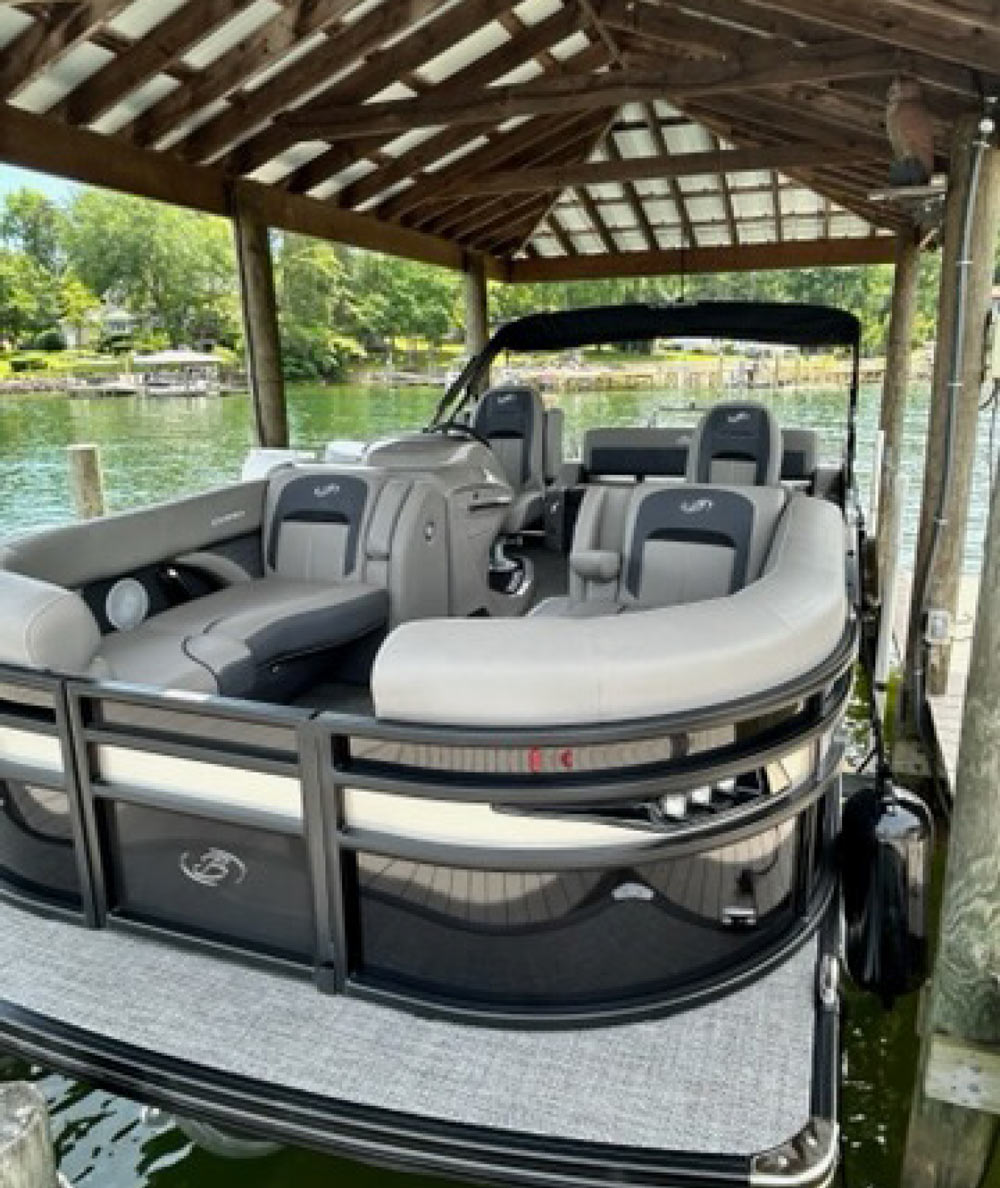
“My dad always encouraged me, but he never pushed,” said John, who is a West Point graduate, a decorated Vietnam veteran, and served in the Army for 24 years. His father, LTC (Ret) George Hedley, also served for 24 years in the Army, which influenced him and his decision to serve in the Armed Forces.
“I was brought up an Army brat and by the time I was eight years old I had lived in several places in the U.S., plus three years in France and a couple years in Japan,” recalls John. “I was brought up in the Army. I was proud of my dad and I used to love to see him walk around in his uniform. I never had any desire to do anything else but to be an infantry officer.”
During high school when his classmates were trying to decide what college they wanted to attend or what profession that wanted to enter, John already knew he wanted to go to West Point, a prestigious institution that trains and educates cadets to be Army officers.
“That was my sole focus and during my senior year I took all of the qualifying exams for congressman and so forth, but I didn’t make it,” recalls John. “I didn’t get an appointment out of high school and I was crushed.”
But John was determined and discovered there was another way. The Army ran a prep school at Fort Belvoir, Va., which in those days was for soldiers from the Army who wanted to go to the military academy.

“Being at Fort Belvoir I was able to go downtown to DC one weekend and talk personally with Representative Harold C. Ostertag from New York. He was my representative in the house and someone whom I had been communicating with during high school,” said John. “I told him what I wanted to do and my visit resulted in me getting a letter a couple weeks later that said I can go to any of the military academies that I wanted to attend and to just tell him which one and I’ve got an appointment. My only desire was West Point and he appointed me for the class of 1968 and that’s how I got in.”
His father once again encouraged John when he found out he wanted to go to the military academy and that he wanted to serve. George Hedley had tried as a young man to go to the military academy and it took him three times before he passed and was given an appointment to West Point.
“My dad was working out and getting ready to go when he got a letter from the war department that said, ‘Dear Sergeant Hedley, because you’re going to be six days over the age limit on the entry day of your class, your appointment to West Point is hereby revoked,” said John. “That crushed him and he got out of the Army for a while and did some other things, but with the war starting he went back in and he did a 24-year career in the Army.”
Getting into West Point was extra special for John, knowing it was his dad’s dream too.
“The only time I ever saw my dad cry was on our first day at West Point when we marched from the barracks down to Trophy Point to take the oath to be sworn in as a cadet,” recalls John. “All of us with our shaved heads and brand new uniforms with just a basic understanding of a drilling ceremony marched down the road. My mom, dad and sister were lined up around the curve and we weren’t allowed to turn our heads but I shifted my eyes so I could see my family and saw my dad standing there with tears rolling down his face. He was just so happy and so proud that I had finally made it.”
“I came out of the jungles of Vietnam to spit and polish in The Old Guard; that was a challenging transition to say the least,” says John with a smile. “As a company commander I was the officer in charge of all officer funerals during that time period. From 1970 to 72, most of the burials were Vietnam casualties and it was a sobering experience. You can’t do that without being affected by what’s going on. I developed a philosophy that because my soldiers were the last soldiers these families were probably ever going to see, they needed to do everything impeccably well, to put the best face of the Army in front of a grieving family. We did a lot of rehearsing, a lot of practicing.
John was fortunate to be the officer in charge of Audie Murphy’s funeral. He buried Supreme Court Justice Hugo L. Black and was the officer in charge of a mass funeral for 10 crewmen on a B-24 that was found in the Sahara Desert after the sands had shifted and had uncovered the airplane.
“It had gone down probably sometime in the early 40s and it was like a reunion for family members in the early 70s,” remembers John. “A lot of the World War II generation was still with us and I got invited to a big reception the night before and all these families getting together and meeting each other, probably for the first time, and obviously sadness of what we were going to do, but joy at the fact that that their missing sons and husbands, had been found and were being brought home and given the military funeral they deserve.”
“I was so proud to represent the Army in national-level ceremonies at the White House or the Pentagon. It was just a phenomenal feeling, particularly since Vietnam vets weren’t treated very well when we came home and to get the opportunity to represent the country, and the Army to try to make a positive impact on people rather than negative. It was a distinct honor. That’s probably one of the highlights of my military career.”
“I managed to get out a little ways and all of a sudden the force of the wind caught us and we were flying. I had no idea how to stop and I finally ended up stopping it by running it into the shore on the other side of the lake. Evidently there was a Coast Guard boat out and had seen what was going on, and as I was sitting on the shore catching my breath they asked if I needed a tow back in. I said. ‘Hell no! I don’t want a tow, I’m going to sail this thing back in! I got it turned around and sailed it back across the lake and that was my introduction to boating.”


A West Point classmate of John’s was also looking for a house and had recently bought a boat. However, the house he bought came with a 1998 Chaparral deck boat. John talked to the real estate agent to see if the owner was going to take it with him and was able to buy it. He absolutely loved the 24-foot deck boat with a 350ci inboard/outboard engine, but as he got older he found it more and more difficult to get out of the boat.

John headed to Race City Marine in Mooresville in search of a high-end pontoon.
“I walked on the boat for the first time and I fell in love with Barletta,” said John. “At this stage of life I wanted something that was comfortable and kind of upscale and just a really really nice boat. I didn’t want to start with an entry-level pontoon. I thought that boat was just phenomenal, but I still wanted to look at a couple of others and not just jump at the first pontoon I saw. I found another boat I really liked and I went back to Race City Marine to be sure, but when they uncovered the Barletta I looked at my wife Margie and she looked at me and we both knew this is the one we wanted. We got it late in the season last year and it’s just absolutely a great boat.”
“There are a lot of organizations and companies in this country who don’t necessarily operate that way, but I will tell you that Race City Marine is one of them,” states John. “I have nothing but the highest accolades for them. They were absolutely incredible to take me through the entire process since I didn’t know anything about pontoons and they even took on trade my 28-year-old Chaparral.
When they delivered the Barletta to his house they took John out on a test ride to show him the ins and outs of the operation and were quick to respond when minor issues needed to be addressed.
“They sent people down to the house toMake sure I had waht I needed and gave me an American flag. I just can’t say enough about the place,” said John.
It’s good to hear Race City Marine is taking excellent care of their Barletta customer, similar to the way John served and took care of others during his military career and beyond.